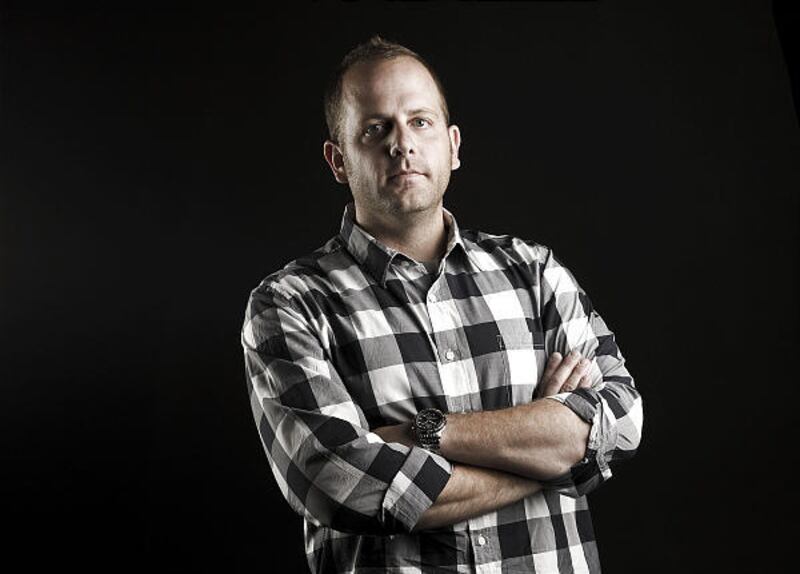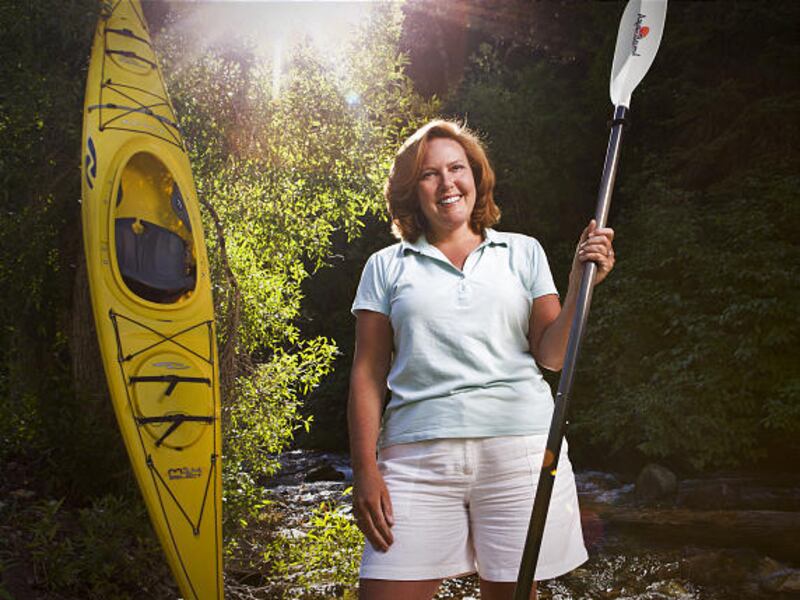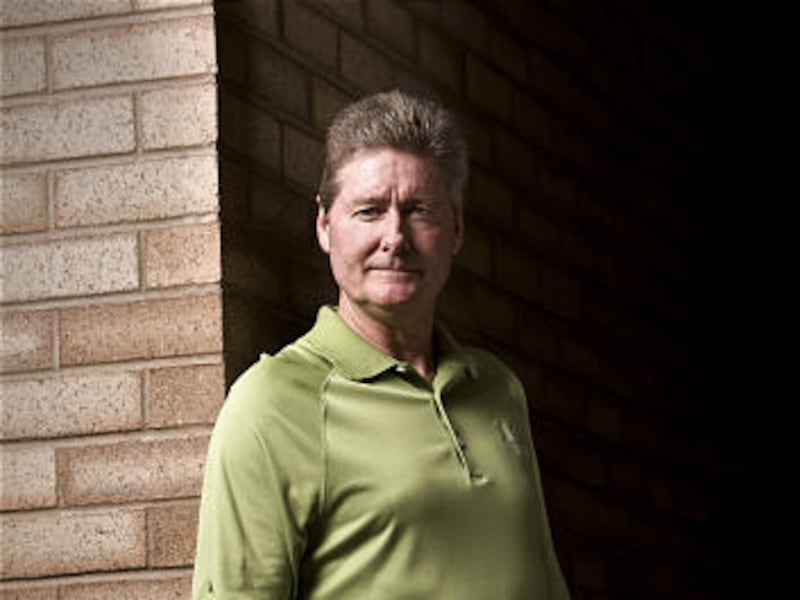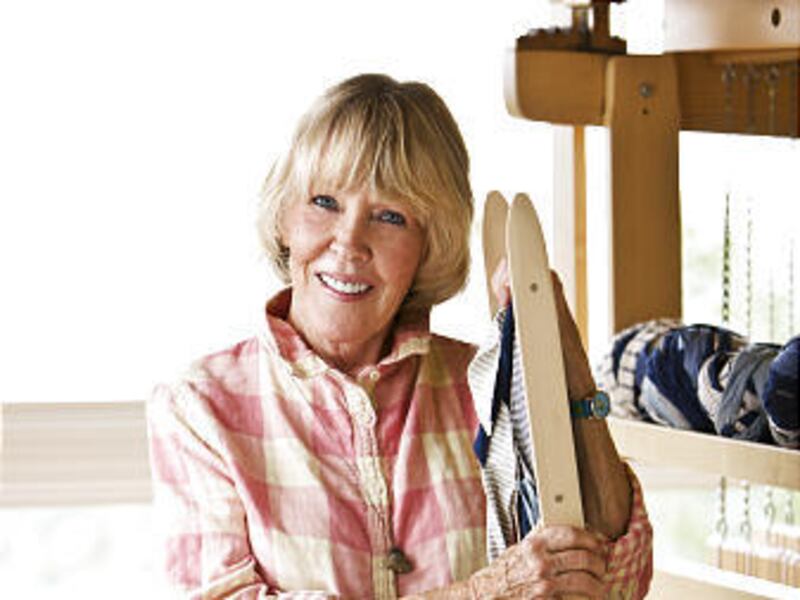SOUTH JORDAN, Utah — Photographer Chad Hurst wanted a way to shed light on the struggles and triumphs cancer survivors face.
So he took their picture.
Hurst's photographs can be seen Sept. 17 as part of canSURVIVE, a benefit gallery show at Noah's in South Jordan.
Hurst, who was diagnosed with bladder cancer just one week after returning home from an LDS mission, said he was inspired not only by his own fight, but the battle of someone close to him.
"Obviously cancer survivors hold a lot of value, but the number one reason was my mother-in-law who passed away in 1997," Hurst said. "I never met her, but I saw the impact it has on my wife. After all these years she still struggles with the loss of her mother due to cancer and being a cancer survivor myself is almost secondary."
Hurst said the idea of photographing something powerful had been brewing for a long time.
"I was always looking for a project that meant something," Hurst said. "Ever since I was a little kid I wanted to shoot something that really had value. I fell into advertising and that has value and is fun to shoot, but I needed that project with meaning."
For the event, Hurst teamed up with Utah's UCREW, an educational research organization that aims to spread awareness as well as provide money for the small and often overlooked expenses that come with treatment.
"The unique thing with the program we offer is it's the minute things people don't even think about," said founder and director Philip Brown. "From paying for food to transportation costs to get to the doctors. The money goes toward little things, but all the thank-you letters we receive are appreciative of that."
Mike Carnley, Karen Lipscomb and Eve LeClaire are three of the survivors who were photographed for the event and said being able to share their stories is a form of therapy.
"You see men and women, young and old," said Carnley, who also took part in the first canSURVIVE event last year. "Everybody is involved and you get to see their story. You get to hear their story and hear how they're dealing with it. It's a warm and fuzzy feeling. If I had to pick one word, it would be inspiring."
In 2007, Carnley went into the dermatologist for a blister-like growth on his skin. It turned out to be amelanotic melanoma, a form of skin cancer in which the cells do not produce melanin. A week later Carnley went into surgery where doctors discovered four active tumors on his lungs.
Since then Carnley has gone through radiation, remission and relapse, but said his current treatment plan is to "ignore it and hope it ignores me."
"I always thought I had more time," Carnley said, "but it is what it is and you make the best of it. That's just what you do. You have to keep fighting and you have to find joy in everything."
For Carnley, that means living life to the fullest every day.
"You kind of get used to it, but it gets old after awhile," Carnley said. "You try not to let it bother the people around you, friends and family. It's bad enough you have to go through it and you try to keep things as normal as possible. That's what I try to do. Live a normal life."
For LeClaire, kayaking became a form of solace after being diagnosed with lung cancer almost three years ago.
An avid canoer who had never smoked, LeClair said the diagnosis came as a shock to her and her husband of one year.
"This is how I felt when I got diagnosed: my life is over," LeClair said. "It doesn't matter if I live or die, my life is over right now. Am I ever going to get past this? What will I do when my hair falls out? All of that. I was hoping I could get through it, but I didn't know."
LeClair said after her first round of chemotherapy it was her husband who first urged her to try kayaking.
"Honestly my husband had to push," LeClair said. "When you get diagnosed and go through surgery, it's difficult and a long recovery. Then doing chemo I didn't want to leave the house, so he kept pushing and pushing until I got irritated and finally tried kayaking."
LeClair said she felt an immediate connection to kayaking and relished the freedom and independence it provided while recovering from treatment. She also said she finds release through being open about her diagnosis.
"I think being closed off keeps you from having (friends and family) support," LeClair said. "I've always found that the more open you are about things, the better off everybody is for it."
Lipscomb, who was diagnosed with hairy cell leukemia in 1990, said she was also surprised by her diagnosis. A marathon runner who grew up in a health-conscious family, Lipscomb said it was her doctor who first noticed large bruises that signaled leukemia,
"I thought it was a vitamin C deficiency," Lipscomb said. "So I started taking vitamin C and they didn't help much."
After being diagnosed, Lipscomb said she raced to the library only to find a singular pamphlet containing information about her disease. Although there are now more than 52,000 Internet search results for hairy cell leukemia, Lipscomb said she prefers not to spend her time obsessing about the disease.
"Once you've been hit with death, it adds an urgency to your life that you just don't want to waste a minute," Lipscomb said. "I get a lot done in a day and I am so glad that every day I wake up with a purpose."
Despite her positive outlook Lipscomb said finding the motivation to embrace life is not always easy.
"Sometimes I get a little scared," Lipscomb said. " It's always with you. It's always in my blood, but that doesn't mean I'm on all these blogs. I will not do it. I will go on a 40-minute walk before I will sit and read about all that. I try to keep abreast of the new drugs and things, but it doesn't consume me."
Hurst said people sharing inspiring stories like Carnley, LeClair and Lipscomb's are what made canSURVIVE so powerful last year.
"Emotionally it exceeded anything I had in mind," Hurst said. "People were walking through looking at the photos, but more impactful were the stories. People were walking through in tears."
"One of the survivors wrote, 'Me and cancer have one thing in common — we're trying to kill each other'
"That to me was so poignant," Hurst said.
Although canSURVIVE is only in its second year, Brown and Hurst said they hope to keep it going for many years to come.
"I was proud to part of it," Hurst said. "After last year I was like, 'I'm doing this forever.' As long as we can keep it going I'll keep shooting."
"Being a survivor I know how much you go through emotionally and physically, especially some of these people that battle it continually for so long. They have a story to tell and I think it's important for people to get that out and let others know. More than anything it brings awareness and awareness is so important with cancer."
If you go...
What: canSURVIVE Gallery Stroll benefitting UCREW
When: Friday, Sept. 17, 5:30-10 p.m.
Where: Noah's, 322 W. 11000 South, South Jordan
Cost: $20 per person
For more information visit www.cansurvive.us
EMAIL: amears@desnews.com




